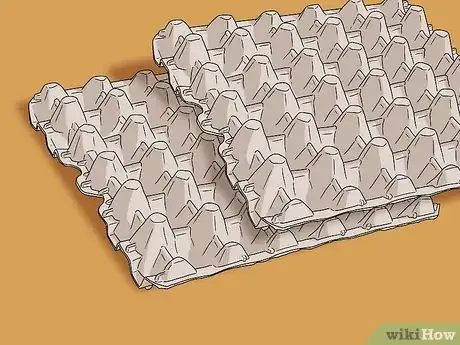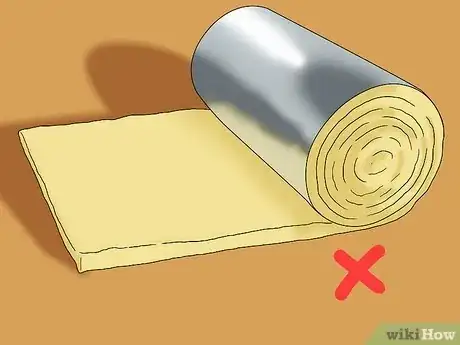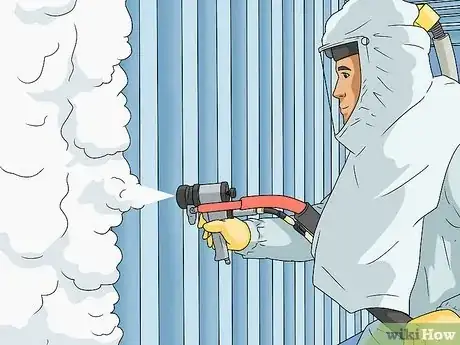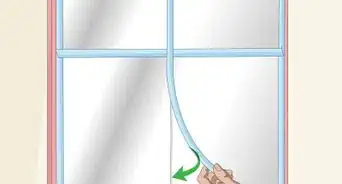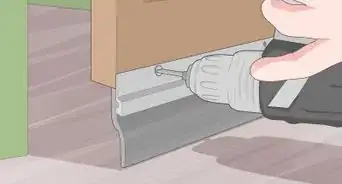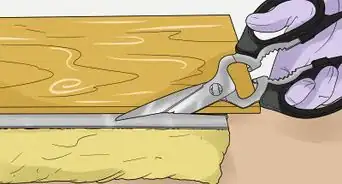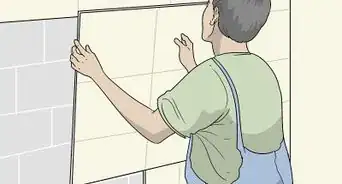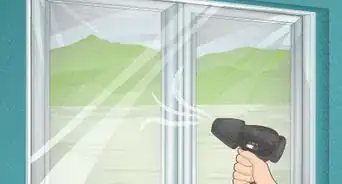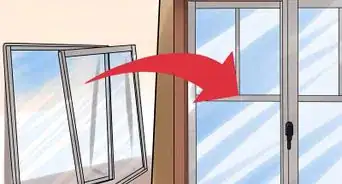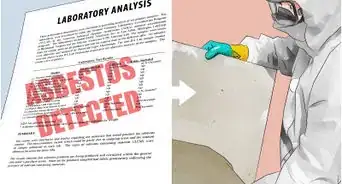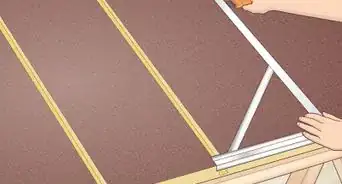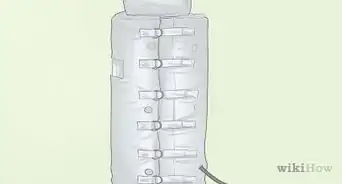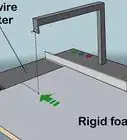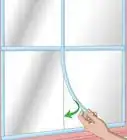X
wikiHow is a “wiki,” similar to Wikipedia, which means that many of our articles are co-written by multiple authors. To create this article, 10 people, some anonymous, worked to edit and improve it over time.
This article has been viewed 338,189 times.
Learn more...
Insulating any house is a necessary component to any living environment, however, when applying to a steel, cargo-container home, things may get a little tricky.
Steps
-
1Consider the different possibilities for insulating your shipping container home. Some of the possibilities include:
- Spray-on insulation
- Roll-on insulation
- Some type of ecological insulation, such as egg cartons, etc.
-
2Don't use traditional methods unless they're corrosion-proof or won't promote condensation. Most homes, in the traditional fashion, are insulated on the interior with fiberglass or wool. If you apply this concept to container homes, the end result may be corrosion or too much condensation on the inside of the walls due to too much water or vapors.Advertisement
-
3Prefer spray-on type insulation. Polyurethane foam works best in combination with ceramic insulation paint. The paint is obvious for the exterior of the shipping container, while the foam is for the interior.
- The paint contains a special gas that contains inside bubbles, which gives it a high thermal efficiency. The spray-on foam is available in both “open-cell” and “closed-cell”. The difference is in the price tag, density, strength, R-factor and in waterproofing.
Advertisement
Community Q&A
-
QuestionHow do you ensure the spray-on foam is nicely or evenly applied on the walls?
 Community AnswerSpray-on insulation typically uses is applied via a gun attached to a pump and an air tank. It's sprayed on fine, then swells. They shave it down afterward to either the depth of a furring wall, or shave it down so it's flush with the valleys in the corrugation.
Community AnswerSpray-on insulation typically uses is applied via a gun attached to a pump and an air tank. It's sprayed on fine, then swells. They shave it down afterward to either the depth of a furring wall, or shave it down so it's flush with the valleys in the corrugation. -
QuestionWhat Type of insulation do you recommend for Patagonia, Argentina? Dry and cold with snow in winter.
 Community AnswerMineral wool. It lasts forever without losing any of its performance, and is naturally fireproof, waterproof and bug-proof. You'd want the rigid board immediately behind the exterior siding inside the wall to block convection, and batts to fill in the rest of the framing depth. Ceilings are where you'd pile it as deep as you can without compressing it; hot air rises, so you want to trap the heat for as long as you reasonably can.
Community AnswerMineral wool. It lasts forever without losing any of its performance, and is naturally fireproof, waterproof and bug-proof. You'd want the rigid board immediately behind the exterior siding inside the wall to block convection, and batts to fill in the rest of the framing depth. Ceilings are where you'd pile it as deep as you can without compressing it; hot air rises, so you want to trap the heat for as long as you reasonably can. -
QuestionWhat is the best insulation in a cold mountain climate at elevations above 6000 feet, relatively dry climate?
 Community AnswerIf you have the space, then mineral wool is the best. If space is a concern, then it'll have to be Styrofoam or other rigid foam panel with a 1/2" dead-air gap somewhere.
Community AnswerIf you have the space, then mineral wool is the best. If space is a concern, then it'll have to be Styrofoam or other rigid foam panel with a 1/2" dead-air gap somewhere.
Advertisement
Warnings
- Make sure to have plenty of ventilation for breathing.⧼thumbs_response⧽
- Protect breathing with mask and be sure to cover eyes with goggles.⧼thumbs_response⧽
- Stay hydrated with plenty of water: It can get hot inside the container.⧼thumbs_response⧽
- Prepare to get dirty.⧼thumbs_response⧽
Advertisement
About This Article
Advertisement
